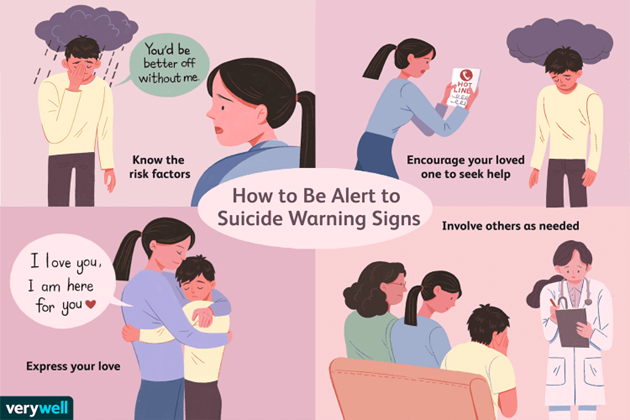A nurse is caring for an adolescent who has spina bifida and is paralyzed from the waist down. Which of the following statements by the client should indicate to the nurse a need for further teaching?
"I do wheelchair exercises while watching TV.".
"I carry a water bottle with me because I drink a lot of water.".
"I use a suppository every night to have a bowel movement.".
"I only need to catheterize myself twice every day.".
The Correct Answer is D
Individuals with spina bifida who are paralyzed from the waist down may have difficulty emptying their bladder completely and may need to perform intermittent catheterization.
The frequency of catheterization can vary depending on the individual’s needs, but it is typically performed every 3-6 hours or 4-6 times per day.
Choice A, “I do wheelchair exercises while watching TV,” is a positive statement because exercise is important for overall health and well-being.
Choice B, “I carry a water bottle with me because I drink a lot of water,” is also a positive statement because staying hydrated is important for overall health.
Choice C, “I use a suppository every night to have a bowel movement,” is not necessarily an indication for further teaching because some individuals with spinal bifida may need to use bowel management techniques such as suppositories to help regulate bowel movements.
Nursing Test Bank
Naxlex Comprehensive Predictor Exams
Related Questions
Correct Answer is B
Explanation
According to the CDC, one of the individual risk factors for suicide is a previous suicide attempt.
Choice A is not the answer because while substance abuse is a risk factor for suicide, it is not the priority risk factor for suicide completion in this case.
Choice C is not the answer because while loss of relationships can contribute to
suicide risk, it is not the priority risk factor for suicide completion in this case.
Choice D is not the answer because while a history of mental illness is a risk factor for suicide, it is not the priority risk factor for suicide completion in this case.

Correct Answer is ["A","G"]
Explanation
A. Teach caregivers to change diapers when wet.
✅ Correct. Prevents skin breakdown and diaper dermatitis.
B. Have caregivers administer 16 oz of water after each diarrhea stool.
❌ Incorrect. Infants should not get plain water in such amounts. Risk of water intoxication & electrolyte imbalance. Oral rehydration solutions (ORS) or breast milk/formula are recommended instead.
C. Cleanse the diaper area with soap and water.
❌ Incorrect. Harsh soaps can irritate the skin. Best practice: gentle cleansing with warm water or mild wipes, and barrier ointment if needed.
D. Collect nasal drainage for culture and sensitivity.
❌ Incorrect. Only done if ordered and if infection is suspected. At follow-up (Visit #2), infant is afebrile and stable—no need for culture.
F. Teach caregivers to apply talcum powder to creases.
❌ Incorrect. Talcum powder is contraindicated in infants (risk of aspiration & respiratory issues). Barrier creams preferred.
G. Use a nasal aspirator after feedings.
✅ Correct. Safe and effective to clear nasal secretions and prevent aspiration or feeding difficulties.
Whether you are a student looking to ace your exams or a practicing nurse seeking to enhance your expertise , our nursing education contents will empower you with the confidence and competence to make a difference in the lives of patients and become a respected leader in the healthcare field.
Visit Naxlex, invest in your future and unlock endless possibilities with our unparalleled nursing education contents today
Report Wrong Answer on the Current Question
Do you disagree with the answer? If yes, what is your expected answer? Explain.
Kindly be descriptive with the issue you are facing.
